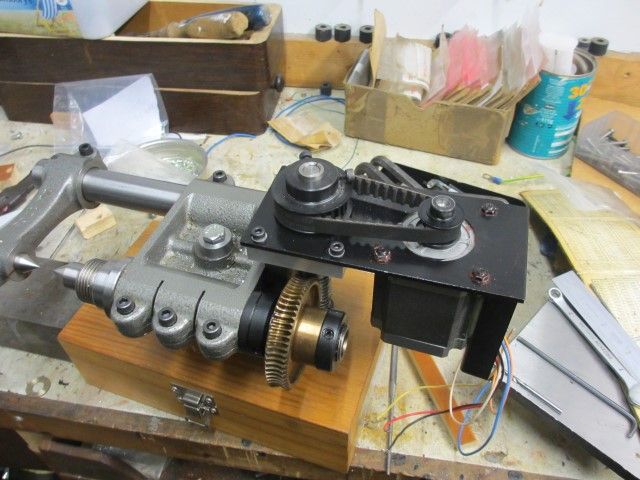stepper driver
stepper driver
- This topic has 18 replies, 9 voices, and was last updated 16 April 2019 at 11:00 by
Nick Hulme.
Viewing 19 posts - 1 through 19 (of 19 total)
Viewing 19 posts - 1 through 19 (of 19 total)
- Please log in to reply to this topic. Registering is free and easy using the links on the menu at the top of this page.
Latest Replies
Viewing 25 topics - 1 through 25 (of 25 total)
-
- Topic
- Voices
- Last Post
Viewing 25 topics - 1 through 25 (of 25 total)
Latest Issue
Newsletter Sign-up
Latest Replies
- Bad design, or am I missing something?
- Even the Dealer Didn’t Know!
- Paint stripper does not do what it says on the tin
- Easiest/cheapest source of R8 socket
- More BBC Masterchef woes…
- Sat nag
- What Did You Do Today 2025
- New member
- Boiler Design – issue 4765
- Please direct me to where I can find an engineer to do some bespoke work








